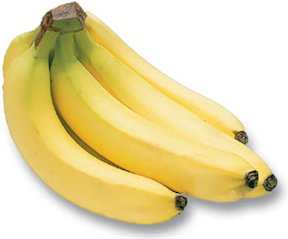
|
Some Common Myths Thought to be True - Myth 117
Myth 117: Banana Oil Comes from Bananas
Isoamyl acetate, also known as isopentyl acetate, is an organic compound that
is the ester formed from isoamyl alcohol and acetic acid. It is a colorless
liquid that is only slightly soluble in water, but very soluble in most organic
solvents. Isoamyl acetate has a strong odor (similar to Juicy Fruit, a foam
banana sweet or a pear drop) which is also described as similar to both banana
and pear. Banana oil is a term that is applied either to pure isoamyl acetate
or to flavorings that are mixtures of isoamyl acetate, amyl acetate, and other
flavors.
|
| Bananas | |
|
As a solvent and carrier for materials such as
nitrocellulose, it was extensively used in the aircraft industry for stiffening
and wind-proofing fabric flying surfaces, where it and its derivatives were
generally known as 'dope.'
Now that most aircraft are all-metal, such use is now limited to model
aircraft, where it is still popularly used for strengthening tissue coverings
and balsa wood.
|
|
| ⇦ Back to Myth 116 Return to Myth Choices Page 9 On to Myth 118 ⇨ | |